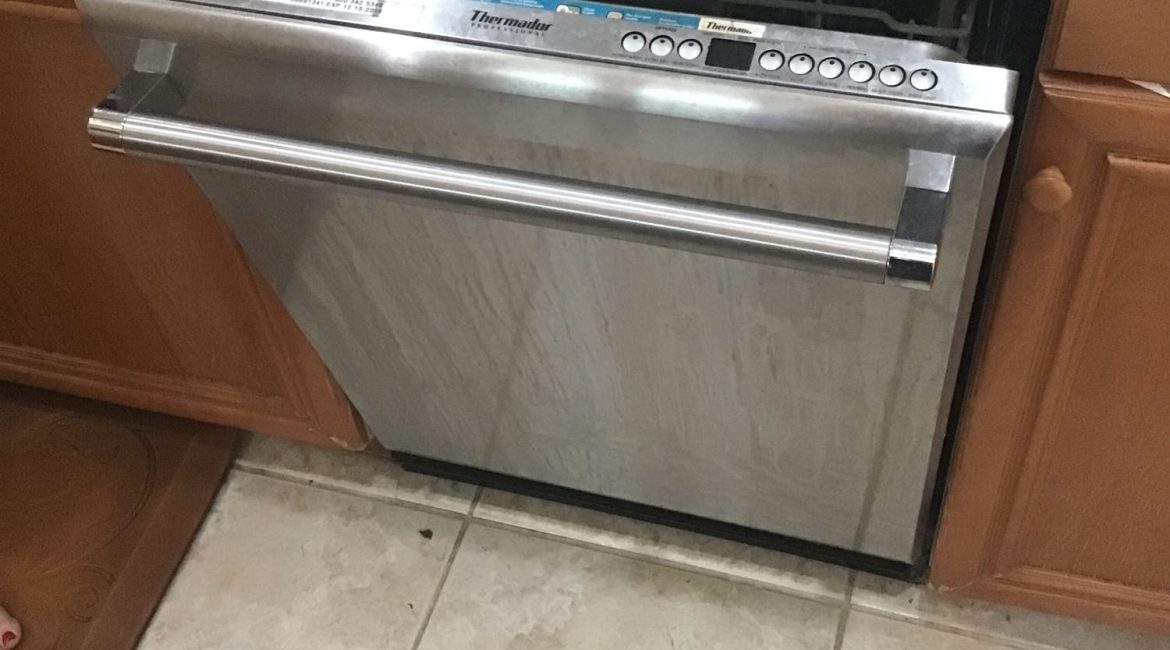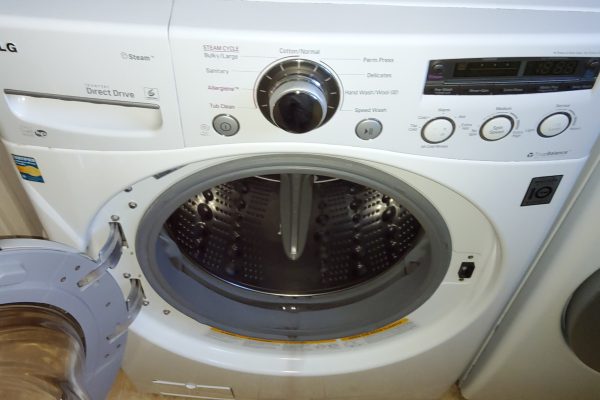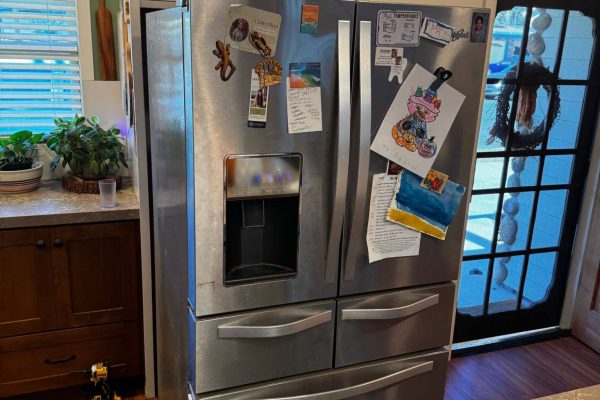When your dishwasher suddenly stops drawing water, your first instinct might be to check the water filter or the water supply hose. While these are valid starting points, there’s another, often overlooked culprit that can be the root of the problem—the solenoid valve.
Let’s dive into what a solenoid valve does, how it affects the water intake process in dishwashers, and how to identify and solve the issue before it causes more damage.
What is a Solenoid Valve?
A solenoid valve is an electromechanical component that controls the flow of water into your dishwasher. When you start a wash cycle, the control board sends an electrical signal to the solenoid valve, which opens to allow water to enter. Once the required amount of water has flowed in, the valve closes, preventing overflow.
This component plays a crucial gatekeeping role, ensuring the right volume of water is delivered at the right time. When the solenoid valve gets stuck—either in the closed position or partially open—it disrupts the whole process.
Common Signs of a Stuck Solenoid Valve
If your dishwasher doesn’t seem to be drawing water, or starts and then quickly stops, the solenoid valve could be at fault. Here are some clear indicators:
- The dishwasher hums or makes noise but doesn’t fill with water.
- You don’t hear the usual rush of water when the cycle starts.
- There’s no water at the bottom of the dishwasher after the cycle initiates.
- The dishwasher stops shortly after starting, signaling an error.
These symptoms can sometimes mimic those of a clogged inlet filter or kinked hose, which is why misdiagnosis is common.
Why Solenoid Valves Fail
There are several reasons your dishwasher’s solenoid valve might get stuck or fail:
- Hard Water Deposits: Over time, mineral buildup can obstruct the movement of the valve mechanism.
- Electrical Malfunction: A burned-out coil or wiring issue can prevent the solenoid from activating.
- Mechanical Wear and Tear: Like all moving parts, the solenoid valve can degrade with regular use.
- Foreign Particles: Debris from the water supply can lodge inside the valve, making it stick.
How to Troubleshoot the Issue
If you suspect the solenoid valve is the issue, it’s crucial to proceed with caution. Working with electrical components and water connections poses risks. Here’s a general outline of steps a technician might take:
- Disconnect Power: Always unplug the dishwasher or turn off the circuit breaker.
- Access the Valve: Typically located at the bottom or rear of the dishwasher, near the water inlet.
- Test the Valve: A multimeter can check for electrical continuity.
- Inspect for Debris or Damage: A stuck or burned-out solenoid will need replacement.
- Check Wiring: Loose or corroded connections may also cause the valve to fail.
Because this part is both electrical and mechanical, it’s not recommended for DIY replacement unless you’re experienced with appliance repair.
Why Professional Help Matters
Although the solenoid valve is a small component, its failure can render your dishwasher completely useless. If you misdiagnose the issue, you could waste time and money replacing parts that aren’t the root cause—like the inlet filter or the control board.
At Oceanside Appliance Service Center, our technicians are trained to diagnose problems efficiently and accurately. We don’t just treat symptoms—we find and fix the underlying cause. Whether your solenoid valve needs cleaning, adjustment, or replacement, we have the tools and experience to get your dishwasher running like new again.
Don’t let a simple solenoid valve stop your kitchen from running smoothly. If your dishwasher refuses to take in water, call the experts. Oceanside Appliance Service Center is just a phone call away. We offer fast, affordable, and professional repair services across the region.
Book your service today and restore your dishwasher’s performance with confidence.
Contact us


